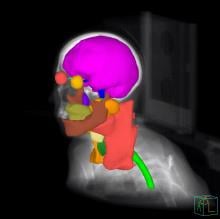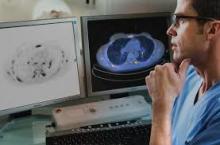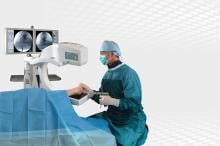vRad (Virtual Radiologic), a Mednax company recently made a scientific presentation, “Screening for Aortic Dissection on CT Angiography Using a Convolutional Neural Network,” at the Society for Imaging Informatics in Medicine (SIIM) Annual Meeting, June 26-28 in Aurora, Colo.
© Copyright Wainscot Media. All Rights Reserved.
Subscribe Now







